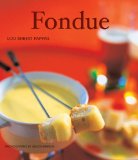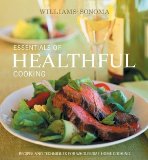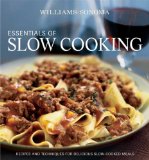When I was little I didn't like squash, so I never pursued an interest in that type of vegetable when I got older. The only thing I know about squash is that there are lots of different kinds, and they can be cut and carved to make great boats. No really, I accidentally bought cucumbers at the store thinking they were zucchini. Can anyone answer ANY of these questions for me?
Is squash seasonal? Does it ever need to be peeled or seeded? Should it be refrigerated? How can you tell if it's ripe or rotten? What are the different ways you can cook it? Any good recipes? Somebody throw me a bone here!
4.22.2007
Subscribe to:
Post Comments (Atom)













4 comments:
Skipper,
I found this interesting article on squash. I had no idea what "summer" and "winter" squash meant. :) Other than this, I don't have a ton of experience with it. I get the small yellow and green ones and cut them up and steam them for a side every now and then. (No peeling required.)
ALL ABOUT SQUASH
The term "summer" and "winter" for squash are only based on current usage, not on actuality. "Summer" types are on the market all winter; and "winter" types are on the markets in the late summer and fall, as well as winter. Thus, the terms "summer" and "winter" are deceptive and confusing. This terminology was never meant to confuse— it just dates back to a time when the seasons were more crucial to man's survival than they are now. "Good keepers" became known as winter vegetables if they would "keep" until December.
Winter squash comes in shapes round and elongated, scalloped and pear-shaped with flesh that ranges from golden-yellow to brilliant orange. Most winter squashes are vine-type plants whose fruits are harvested when fully mature. They take longer to mature than summer squash (3 months or more) and are best harvested once the cool weather of fall sets in. They can be stored for months in a cool basement-hence the name "winter" squash. Stay away from pumpkin pumpkins, whether they're the classic field type or the original French variety. Carve them, but don't eat them: they're tough and bland.
Winter squash have hard, thick skins. Store in a cool, dark, well-ventilated place for up to one month. Winter squash can be cut in halves or pieces. Too cook them, first remove fibers and seeds; then bake, steam, or boil the squash. When water is used in cooking, the quantity of water should be kept small to avoid losing flavor and nutrients. Acorn and butternut squash are frequently cut in half, baked, and served in the shell. Squash pulp is also used for pies and may be prepared in casseroles, souffles, pancakes, and custards.
Interesting...
Ashley
That was very enlightening. Thanks Ashley!
I have a recipe for a Squash Quiche somewhere in a box... once I have a house and a kitchen again, I'll post it. It's super easy and a different way to use squash. Todd and I also love zucchini and summer squash sliced and either steamed or sauteed in a little olive oil and garlic salt/pepper.
Like Amy said above, I love zucchini sauteed in olive oil, but instead of garlic salt I use chopped fresh garlic (yummy!) and kosher salt and fresh ground pepper (a pepper grinder is my best friend, love that fresh ground taste). It is wonderful and even my kids love it! Good luck!
Post a Comment